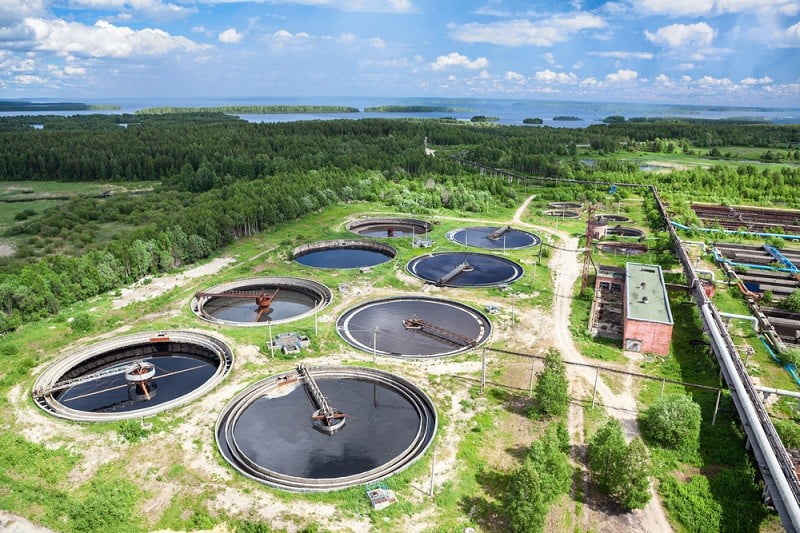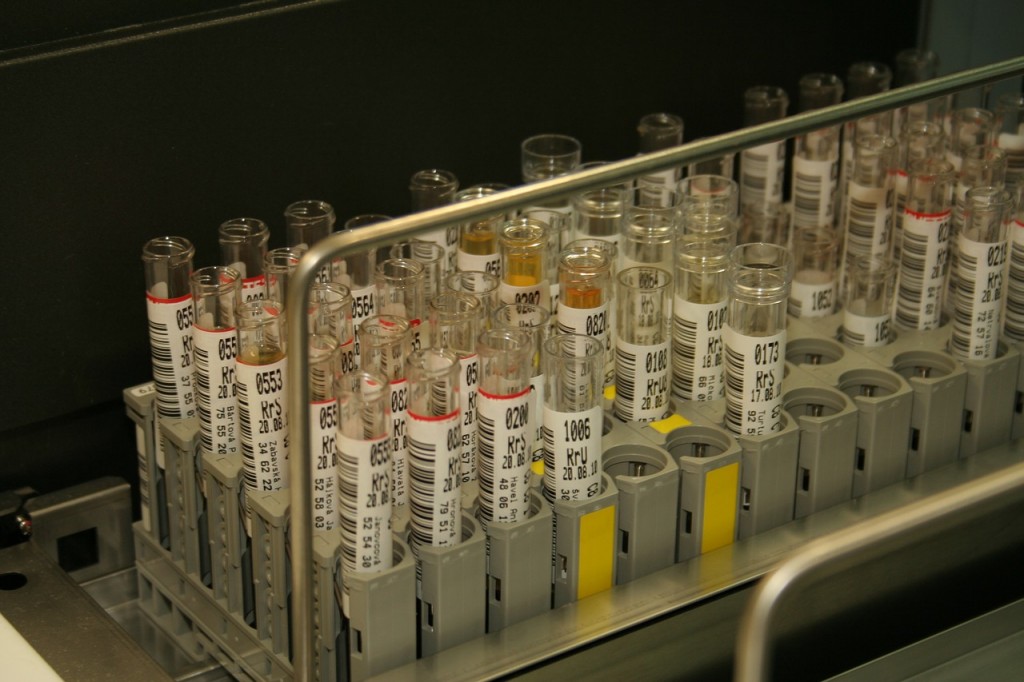Industrial Wastewater Treatment: Custom-made Solutions for Facility Wastewater Difficulties
Industrial Wastewater Treatment: Custom-made Solutions for Facility Wastewater Difficulties
Blog Article
How Liquid Garbage Disposal Works: A Thorough Review of Strategies and Technologies Used

Review of Liquid Waste Types
The intricacy of liquid waste types necessitates a complete understanding of their features and implications for disposal. Fluid waste can extensively be categorized into a number of kinds, including industrial, metropolitan, agricultural, and hazardous waste. Each group displays distinct properties, needing details management methods to mitigate ecological and health risks.
Industrial fluid waste stems from making procedures and usually contains a variety of contaminants, such as hefty metals, solvents, and organic substances. Community liquid waste, primarily making up wastewater from houses and business establishments, contains organic issue, nutrients, and virus (industrial wastewater treatment). Agricultural liquid waste, consisting of runoff from farms, might consist of plant foods, chemicals, and animal waste, posing dangers to water top quality and ecological communities
Hazardous fluid waste is defined by its toxicity, reactivity, or possible to create injury. This category consists of compounds like acids, bases, and certain chemicals that require rigid handling and disposal methods. Comprehending these diverse fluid waste types is vital for developing effective disposal approaches and ensuring compliance with ecological guidelines. Correct classification and characterization are crucial for implementing appropriate therapy methods and decreasing the negative influences on public health and wellness and the atmosphere.
Physical Therapy Approaches

Screening is the initial action, where larger bits and particles are gotten rid of from the fluid waste using displays or grates. This procedure shields downstream tools from damages and guarantees smoother operation. Following testing, sedimentation utilizes gravitational force to separate solids from fluids. In sedimentation tanks, much heavier bits clear up near the bottom, developing a sludge layer, while the made clear fluid can be more dealt with.
Filtration is one more necessary technique that includes passing the liquid with permeable materials, such as sand or membranes, to record smaller sized particles. This action enhances the top quality of the liquid, making it appropriate for subsequent treatment processes.

Chemical Treatment Techniques
Chemical treatment strategies are necessary for properly taking care of liquid waste, particularly in dealing with liquified and colloidal contaminants that physical approaches may not properly get rid of. These strategies make use of numerous chemical agents to neutralize, precipitate, or change dangerous compounds into much less dangerous forms.
One common technique is coagulation and flocculation, where chemicals such as alum or ferric chloride are contributed to promote the gathering of put on hold particles. This procedure boosts sedimentation, enabling for much easier removal of the resulting sludge. In addition, oxidation processes, employing agents like chlorine or ozone, are used to damage down complicated natural compounds and pathogens, rendering the waste more secure for discharge or more therapy.
Neutralization is another vital strategy, which changes the pH of acidic or alkaline waste streams to neutral degrees, protecting against possible injury Visit This Link to downstream systems and the setting. Moreover, progressed oxidation processes (AOPs) utilize combinations of oxidants and ultraviolet light to weaken consistent toxins, attaining a higher level of therapy effectiveness.
Organic Therapy Procedures
Organic therapy processes play an important role in the management of fluid waste by using microbes to decompose organic issue and reduce impurity levels. These procedures can be extensively classified right into anaerobic and cardio treatments, each utilizing certain microbial communities to attain effective waste deterioration.
Aerobic therapy entails making use of oxygen to assist in the break down of natural materials by microorganisms. This process is commonly applied in triggered sludge systems, where oygenation containers supply a favorable atmosphere for microbial development, causing the oxidation of organic toxins. The resultant biomass can be separated from treated effluent with sedimentation.
In comparison, anaerobic therapy occurs in the absence of oxygen, relying upon different microorganisms to damage down raw material. This approach is specifically useful for high-strength waste, as it produces biogas, a renewable resource resource, while reducing sludge production. Technologies such as anaerobic digesters are regularly utilized in commercial and municipal applications.
Both cardio and anaerobic organic treatments not just lessen the environmental impact of fluid waste but also assist in source healing, making them crucial components of lasting waste monitoring approaches. Their efficiency, adaptability, and performance sustain their widespread implementation pop over to these guys throughout different markets.
Arising Technologies in Disposal
Cutting-edge techniques to liquid waste disposal are rapidly advancing, driven by innovations in technology and an enhancing emphasis on sustainability. Amongst these emerging technologies, membrane layer bioreactors (MBRs) have actually gained traction for their capability to combine organic therapy with membrane filtration, causing top notch effluent that can be recycled in numerous applications. MBRs make it possible for smaller impacts and extra reliable procedures contrasted to conventional systems.
Another appealing advancement is the usage of anaerobic food digestion incorporated with nutrient healing technologies, which not only treats liquid waste but additionally generates biogas and recovers important nutrients like nitrogen and phosphorus. This dual advantage enhances resource efficiency and minimizes environmental impact.
In addition, advanced oxidation processes (AOPs) are being embraced for the deterioration of complicated natural contaminants. These techniques use effective oxidants and drivers to damage down impurities at the molecular degree, using a very efficient remedy for tough waste streams.
Furthermore, the combination of fabricated intelligence and artificial intelligence in waste monitoring systems is enhancing functional effectiveness and predictive maintenance, resulting in lowered costs and boosted ecological conformity. These technologies reflect a significant change towards more effective and lasting liquid garbage disposal methods.
Verdict
In verdict, effective fluid waste disposal necessitates an extensive understanding of various strategies and technologies. By continually advancing these methodologies, it becomes feasible to resolve the growing obstacles associated with liquid waste, eventually contributing to environmental protection and resource recuperation.
Fluid waste disposal is a vital element of environmental management, requiring a detailed understanding of different techniques and modern technologies customized to various waste types. Fluid waste can broadly be categorized right into a number of types, consisting of commercial, metropolitan, farming, and unsafe waste. Agricultural click to read fluid waste, including runoff from ranches, may contain plant foods, chemicals, and pet waste, posing dangers to water top quality and communities.
Numerous physical treatment methods play a vital role in taking care of fluid waste efficiently - industrial wastewater treatment.In final thought, reliable liquid waste disposal requires an extensive understanding of different techniques and technologies
Report this page